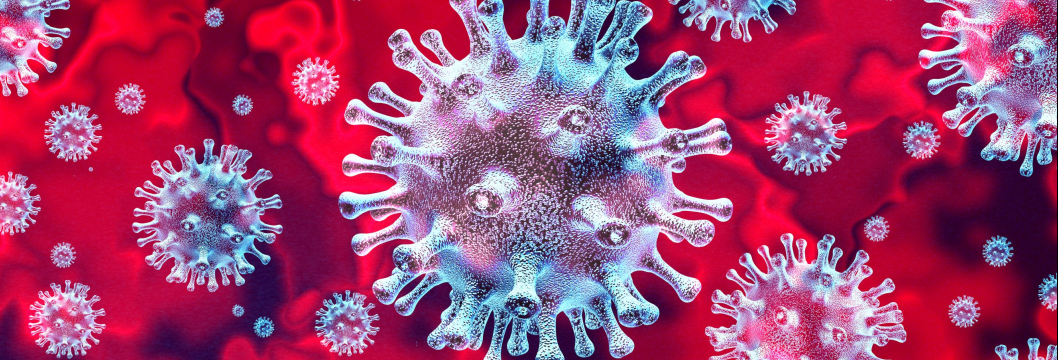CoronoVirus (COVID-19) Outbreak data analysis, visualization and prediction Corona Virus OutBreak Analyis Coronaviruses are types of viruses that typically affect the respiratory tracts of birds and mammals, including humans. Doctors associate them with the common cold, bronchitis, pneumonia, and severe acute respiratory syndrome (SARS), and they can also affect the gut. These viruses are typically responsible for common colds more than serious diseases. However, coronaviruses are also behind some more severe outbreaks. Over the last 70 years, scientists have found that coronaviruses can infect mice, rats, dogs, cats, turkeys, horses, pigs, and cattle. Sometimes, these animals can transmit coronaviruses to humans.
Most recently, authorities identified a new coronavirus outbreak in China that has now reached other countries. It has the name coronavirus disease 2019, or COVID-19.
What is a coronavirus?
Researchers first isolated a coronavirus in 1937. They found a coronavirus responsible for an infectious bronchitis virus in birds that had the ability to devastate poultry stocks. Scientists first found evidence of human coronaviruses (HCoV) in the 1960s in the noses of people with the common cold. Two human coronaviruses are responsible for a large proportion of common colds: OC43 and 229E. The name “coronavirus” comes from the crown-like projections on their surfaces. “Corona” in Latin means “halo” or “crown.” Among humans, coronavirus infections most often occur during the winter months and early spring. People regularly become ill with a cold due to a coronavirus and may catch the same one about 4 months later. This is because coronavirus antibodies do not last for a long time. Also, the antibodies for one strain of coronavirus may be ineffective against another one.
COVID-19 In 2019, the Centers for Disease Control and Prevention (CDC) started monitoring the outbreak of a new coronavirus, SARS-CoV-2, which causes respiratory illness now known as COVID-19. Authorities first identified the virus in Wuhan, China. More than 74,000 people have contracted the virus in China. Health authorities have identified many other people with COVID-19 around the world, including many in the United States. On January 31, 2020, the virus passed from one person to another in the U.S. The World Health Organization (WHO) have declared a public health emergency relating to COVID-19. Information on the virus is scarce at present. In the past, respiratory conditions that develop from coronaviruses, such as SARS and MERS, have spread through close contacts.
References: Medical News Today
Kaggle Notebook: COVID-19 Analysis
P.S. I will try update this project frequently. Suggestions are highly welcomed :)
Last Update: 3rd July, 2020
